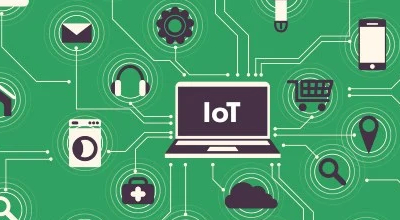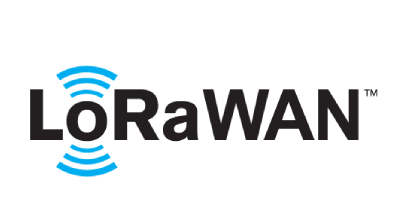
Endless Possibilities of the ESP32 for IoT Projects
The ESP32 is a low-cost, low-power microcontroller with integrated Wi-Fi and Bluetooth capabilities, developed by Espressif Systems. It is becoming increasingly popular for Internet of Things (IoT) projects due to its versatility and the abundance of software development resources available. In this article, we will discuss some of the many IoT projects that you can do with the ESP32.
ESP32 Project Box

One project that you can do with the ESP32 is home automation. You can use the ESP32 to control and monitor various devices in your home, such as lights, thermostats, and appliances. For example, you can use the ESP32 to create a smart light bulb that can be controlled remotely through a smartphone app. You can also use the ESP32 to build a smart thermostat that can adjust the temperature in your home based on your schedule and preferences.
Another project that you can do with the ESP32 is a security system. You can use the ESP32 to build a motion detector that can send an alert to your smartphone when it detects movement in your home. You can also use the ESP32 to build a doorbell with a camera that can take a photo and send it to your phone when someone rings the bell.
A third project that you can do with the ESP32 is a weather station. You can use the ESP32 to gather data from sensors such as temperature, humidity, and pressure, and then send this data to a cloud service where it can be accessed from anywhere. You can then use this data to create graphs and charts that show the weather trends in your area.
There are many other IoT projects that you can do with the ESP32, such as building a plant watering system, creating a remote control car, or even a drone. The possibilities are endless with the ESP32, and the best part is that it is easy to get started, even if you are a beginner.
The ESP32 has a wide range of capabilities that make it suitable for IoT projects. It has a dual-core processor, which means it can perform multiple tasks at the same time. It also has a built-in Wi-Fi and Bluetooth module, which makes it easy to connect to the internet and other devices. Additionally, the ESP32 has a large number of input/output pins, which allows it to connect to a variety of sensors and actuators.
One of the main advantages of the ESP32 is that it is open-source, which means that there is a large community of developers who are constantly working on new features and improvements. This means that you can easily find help and resources online if you get stuck on a project. There are also a wide range of libraries and frameworks available for the ESP32, which makes it easy to get started with your project.
To get started with your ESP32 project, you will need to purchase an ESP32 development board. There are many different options available, ranging from basic boards to more feature-rich ones. You will also need to install the software development kit (SDK) for the ESP32, which includes tools such as a compiler, debugger, and text editor.
Once you have everything set up, you can start building your project. You can write code in C or C++, and there are many online tutorials and resources available to help you get started. You can also find a wide range of pre-made code examples online that you can use as a starting point for your project.
In conclusion, the ESP32 is a powerful and versatile microcontroller that is well-suited for IoT projects. It has a wide range of capabilities and is supported by a large community of developers, making it easy to get started with your project.



